Could oddly behaving mitochondria hold the key to treating leukaemia?
Blood cancers, such as leukaemia, are challenging to treat. Usually, chemotherapy does not kill all the cancerous cells, and the surviving cells become resistant to future treatment, resulting in a high fatality rate. At Wake Forest University School of Medicine in the US, Dr Kelsey Fisher-Wellman is investigating how mitochondria in cancerous cells differ from those in healthy cells. He has made some intriguing discoveries that could pave the way for new cancer treatments.
Talk like a cancer biologist
Acute myeloid leukaemia (AML) — a type of blood cancer that occurs when stem cells divide uncontrollably instead of changing into specialised blood cells
ATP — the molecule that provides energy for cellular processes
Chemotherapy — cancer treatments that use small molecules to stop the growth or drive the death of cancerous cells
Electrochemical gradient — a difference in electrical charge and chemical concentration across a membrane, which is the driving force for ions to move across the membrane
Mitochondria — small structures within cells that convert energy from food into ATP
Stem cell — a cell with the potential to develop into many different types of specialised cells
“I run a lab with the ambitious goal of curing cancer,” says Dr Kelsey Fisher- Wellman, a cancer biologist at Wake Forest University School of Medicine. “While this is likely unattainable in one lifetime, it’s motivating to have this goal as my guiding star.” But Kelsey never set out to cure cancer. As a teenager with a love of baseball and bodybuilding, his dream was to pursue a career as a strength and conditioning coach, and he worked as a personal trainer while studying exercise science at university. However, an internship with the university football team was not as inspiring as he had hoped, so he tried another internship, this time in a scientific research lab. “That decision was a turning point for me,” he says. “I discovered a love for lab science, and from that moment on, I was hooked.”
Battling blood cancer
After completing his university education and exploring different research opportunities, Kelsey began investigating leukaemia, a type of blood cancer. Cancer occurs when abnormal cells divide uncontrollably. Your blood contains different cell types, including red blood cells that carry oxygen around the body, white blood cells that fight disease, and platelets that clot the blood following injury. “All these blood cells begin life as stem cells in bone marrow,” says Kelsey. “As these stem cells grow and divide, they change shape and function to become specialised blood cells.”
But the specialisation process does not always work as it should. “A DNA mutation in a developing cell can prevent it from maturing,” explains Kelsey. “The cell gets stuck in an immature stage and begins dividing uncontrollably.” This marks the beginning of acute myeloid leukaemia (AML), a type of blood cancer. The immature cells fill the bloodstream, outnumbering the specialised healthy blood cells to the point that the body can no longer function properly. AML symptoms include tiredness and shortness of breath, vulnerability to infection, and excessive bleeding when injured.
When it comes to blood cancers, the cancerous cells exist in isolation in the blood or bone marrow, unlike cancers that exist as solid tumours. This makes targeted treatments much more challenging. “Since there’s no lump to surgically remove, treatment relies entirely on chemotherapy,” says Kelsey. “The challenge with AML is that chemotherapy usually kills most of the cancerous cells, but not all of them. A small number survive at undetectable levels, only to begin multiplying again after treatment stops – a process known as relapse.” Additionally, the surviving cells develop resistance to the chemotherapy drugs, so if relapse occurs, chemotherapy is no longer effective. As a result, AML is fatal for over 70% of older adults diagnosed with the disease.
Treatments for AML have remained largely unchanged for decades, so better options are desperately needed. Kelsey is taking a closer look at AML cells to identify key differences in how healthy and cancerous cells function. He hopes this knowledge can inform the development of new treatments that exploit these differences.
Mysterious mitochondria
Mitochondria, often called ‘the powerhouse of the cell’, are found in every cell in the body, except for red blood cells. “Mitochondria convert the energy stored in food into a form that our cells can use – a molecule called ATP,” explains Kelsey. “This energy powers everything our cells do, from moving muscles to thinking thoughts.” Mitochondria also have a key role in resource management. They manage supplies of important molecules that cells need to grow and function (such as proteins and fats), and they send signals to the cell’s nucleus to coordinate the cell’s actions based on available resources and energy levels.
Kelsey’s research has shown that mitochondria play a crucial role in the effectiveness of chemotherapy for treating AML. “Triggering cell death often involves damaging the mitochondria,” says Kelsey. “So, we want to develop a treatment that damages the mitochondria of AML cells, but not healthy cells.” This requires discovering the differences between mitochondria in these two cell types.
To achieve this, Kelsey and his team developed a tool known as ‘mitochondrial diagnostics’, a set of lab tests that allows them to create a detailed picture of the mitochondria in cells. This includes which proteins are present in mitochondria, how they are arranged, and how they help the cell survive. “Once we have this information, we look for weak points where AML mitochondria are vulnerable,” says Kelsey. “Then we can design treatments that target those vulnerabilities.”
Is running in reverse the key to treatment?
Using mitochondrial diagnostics, Kelsey and his team made a surprising discovery. “Normally, mitochondria create ATP, and this process is driven by an electrochemical gradient across the mitochondrial membrane,” explains Kelsey. “But AML cells do something unusual – they run this process in reverse.” Instead of making ATP, mitochondria in leukaemia cells consume it in order to maintain the electrochemical gradient. “We discovered that this gradient is essential for AML cells’ survival, especially when under attack from chemotherapy,” says Kelsey. “If we disrupt this process, the AML cells become more sensitive to treatment.” He hopes this discovery will lead to new treatments for leukaemia that target the cell’s energy system.
Kelsey and his team will continue to investigate the mitochondrial differences between AML and healthy cells. “The more we learn, the better we can design treatments that take advantage of these differences,” he says. “The goal is to develop therapies that destroy the mitochondria inside AML cells while leaving healthy cells unharmed. I believe this precision approach to cancer treatment could hold real promise for improving outcomes for patients with acute myeloid leukaemia.”
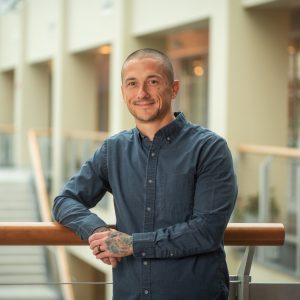 Dr Kelsey Fisher-Wellman
Dr Kelsey Fisher-Wellman
Associate Professor, Department of Cancer Biology, Wake Forest University School of Medicine, USA
Field of research: Cancer biology
Research project: Comparing mitochondria in healthy and cancerous cells to develop treatments for leukaemia that target these differences
Funder: US National Cancer Institute (NCI) Grant numbers: P01CA302570, R37CA278826, R01CA299332
Website: fisherwellmanlab.com
About cancer biology
Cancer biology is the study of the biological mechanisms underlying cancer development and how to address them through treatment. These mechanisms are wide-ranging, from the genetic and molecular foundations of cancer (such as the role of DNA mutations), to how cancerous cells grow, spread and cause illness. According to the National Cancer Institute, two in five people in the US will develop cancer in their lifetime, so developing new and improved ways to detect and treat the disease is essential for a healthy society.
Kelsey enjoys knowing that his work makes a meaningful difference. “Cancer remains one of the most complex and pressing challenges facing society,” he says. “Dedicating your life to understanding and treating this disease is a valuable pursuit.” He notes that, like any science, cancer biology is iterative and involves building on the discoveries of the previous generation. “It’s important to remember that scientific breakthroughs can take years, even decades, to materialise,” he says. “Even though the impact of your work may not be immediately visible, that doesn’t make it any less worthwhile. There’s something deeply fulfilling about contributing to this ongoing legacy and shared endeavour.”
Advances in cancer biology mean that cancer treatments are constantly improving. “Cancer is most treatable in its early stages, and there is a lot of progress being made in early cancer detection,” says Kelsey. “We are also growing our understanding of the links between cancer and metabolic diseases like obesity and diabetes.” Interdisciplinary collaborations between scientists in different fields are helping to build a more comprehensive picture of health and disease, opening new and exciting possibilities for treatments.
Pathway from school to cancer biology
Kelsey emphasises that many innovations in cancer biology come from people who take unconventional educational and career paths. “Instead of sticking to one field during your training, I’d encourage you to explore more broadly,” he says. “Don’t limit yourself. The more diverse your knowledge base, the more creative and impactful your contributions can be.”
Useful subjects to study in high school include biology, chemistry, mathematics, physics and computer science. At university, a degree in biology, biomedical science or biochemistry would provide a direct path to a career in cancer biology.
“My background is in physiology and biochemistry,” says Kelsey. “But if I could go back in time, I’d seek out training in computer science, epidemiology and evolutionary ecology. These offer powerful tools and perspectives for biomedical research.”
To become an academic researcher, you will need to complete a PhD. “This is typically funded – your tuition is covered, and you receive a stipend,” explains Kelsey. “This makes PhDs a rare form of advanced education where you get paid to learn and contribute to science.”
Reference
https://doi.org/10.33424/FUTURUM631
Let us know what you think of this educational and career resource. To provide input, simply scan the QR code or click here.
Explore careers in cancer biology
Careers in cancer biology often involve lab-based research. This might be at a university, for a biotechnology or pharmaceutical company, or for a cancer research organisation.
Kelsey recommends reaching out to scientists in the field to seek advice and ask about opportunities. “Hands-on experience, especially in a biomedical research lab, is truly invaluable,” he says. “Many of the opportunities that shaped my career began with me sending a simple email asking to get involved.”
Many labs in the Department of Cancer Biology at Wake Forest University School of Medicine offer summer internship programmes for high school and undergraduate students: school.wakehealth.edu/departments/cancer-biology
The NIH Summer Internship Program offers paid biomedical research experiences for high school students, including in cancer biology labs: training.nih.gov/research-training/pb/sip
Meet Kelsey

As a teenager, I was interested in sports, mainly baseball. Team sports taught me valuable life lessons about how to recover from failure and grow from these experiences. That foundation has helped me navigate the ups and downs of academic life.
I went to college to study exercise science, with the goal of becoming a strength and conditioning coach or athletic trainer. But that changed during my senior year, when an internship in a research lab gave me a glimpse into the life of an academic scientist. The experience was transformative – watching my mentor work had a profound impact on me as I saw someone deeply engaged in solving complex problems that matter to the world. That internship shifted my career goals and set me on a path that I’ve been passionate about ever since.
I have no formal training in cancer biology. After my undergraduate degree, I completed a master’s degree in exercise science followed by a PhD in bioenergetics, where I fell in love with mitochondria. I then spent several years studying metabolic diseases in muscles, before finally pivoting to cancer biology.
Each transition in my career has come with a steep learning curve. Getting into a PhD programme wasn’t easy because exercise science isn’t a typical background for biomedical research. I started behind my peers, having never studied physics or biochemistry, so I taught myself from textbooks to catch up. Moving into cancer biology without training in the field was another challenge, but it suited me as I find a certain sense of satisfaction in embracing struggles. Discomfort, setbacks and doubt are all part of the process.
I’ve always been drawn to non-traditional paths and willing to outwork others to succeed. But this hasn’t been without challenges – I’ve had plenty of failures along the way. For example, it took four failed attempts over two years before I finally received my first big grant. There were moments when I seriously questioned whether I was on the right path.
I’m motivated by setting ambitious goals and then working hard to reach them. As an academic cancer biology researcher, the freedom to pursue research that fascinates me is the best part of my job. I also enjoy collaborating with brilliant colleagues to tackle some of society’s toughest problems.
When I’m not working, my two young daughters keep me on my toes. I also enjoy exercising, playing golf and surfing – a hobby I picked up while working in Australia after my PhD. A big perk of an academic career is the opportunity to live and train abroad, which can enrich both your scientific and personal life.
Kelsey’s top tip
We can’t control our starting point – namely the resources we have available to us growing up – but we can control how we respond to it. In my view, academic science remains a place where doors can still open for those with talent and determination, regardless of their background. With persistence and hard work, the opportunities are real and within reach.
Do you have a question for Kelsey?
Write it in the comments box below and they will get back to you. (Remember, researchers are very busy people, so you may have to wait a few days.)

Discover how biomedical researchers are developing new treatments for cancer:
futurumcareers.com/building-a-new-protein-to-fight-brain-tumours

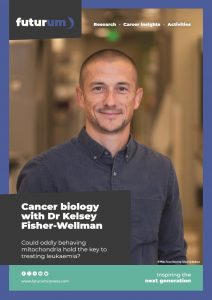

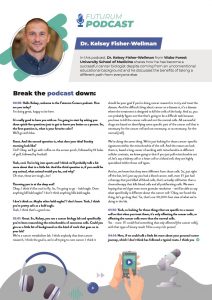
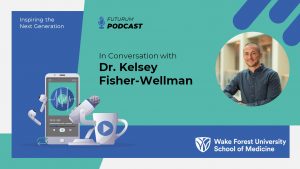
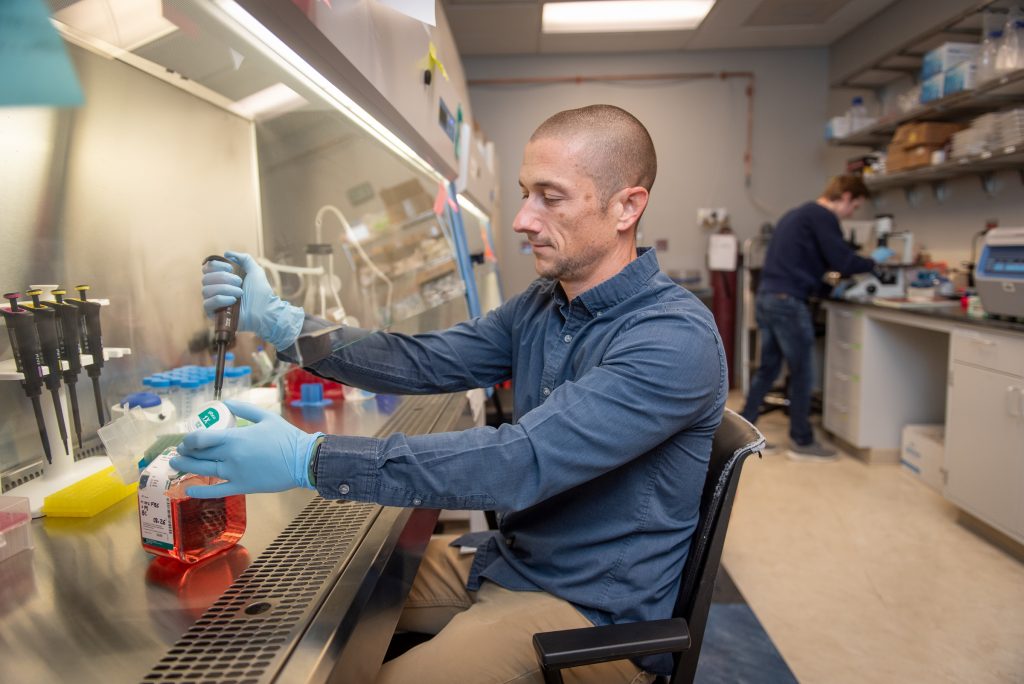



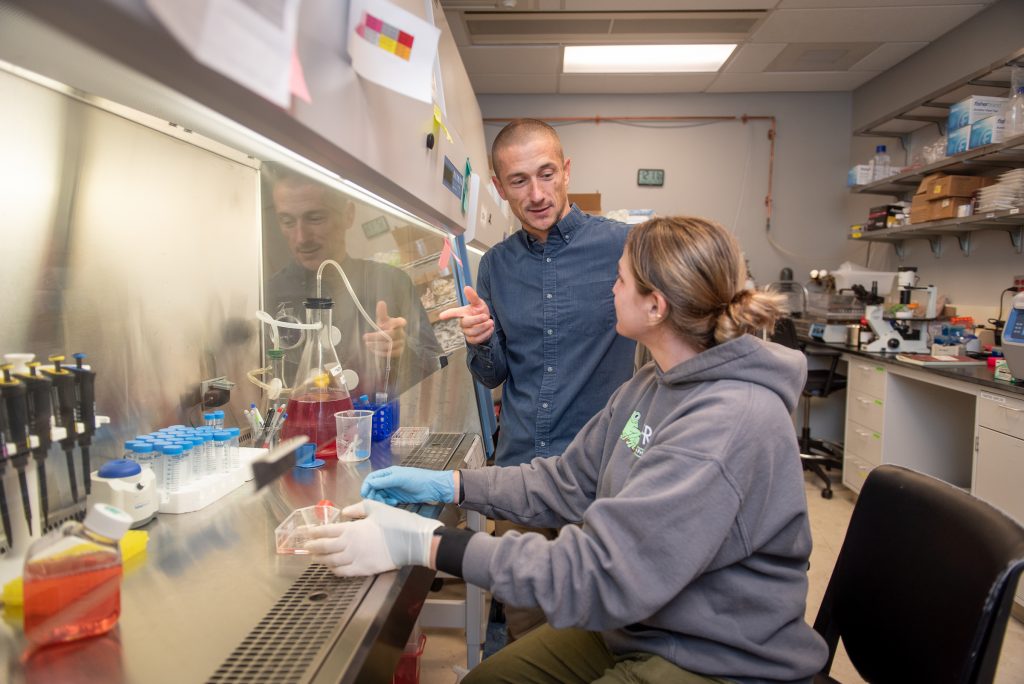
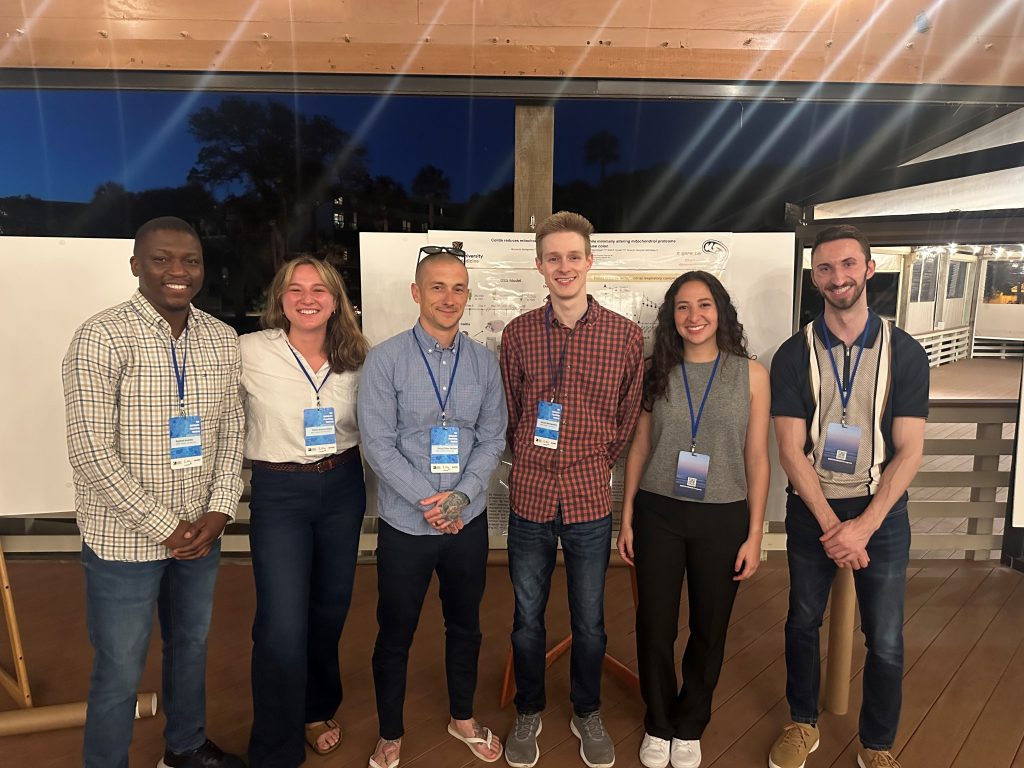




0 Comments